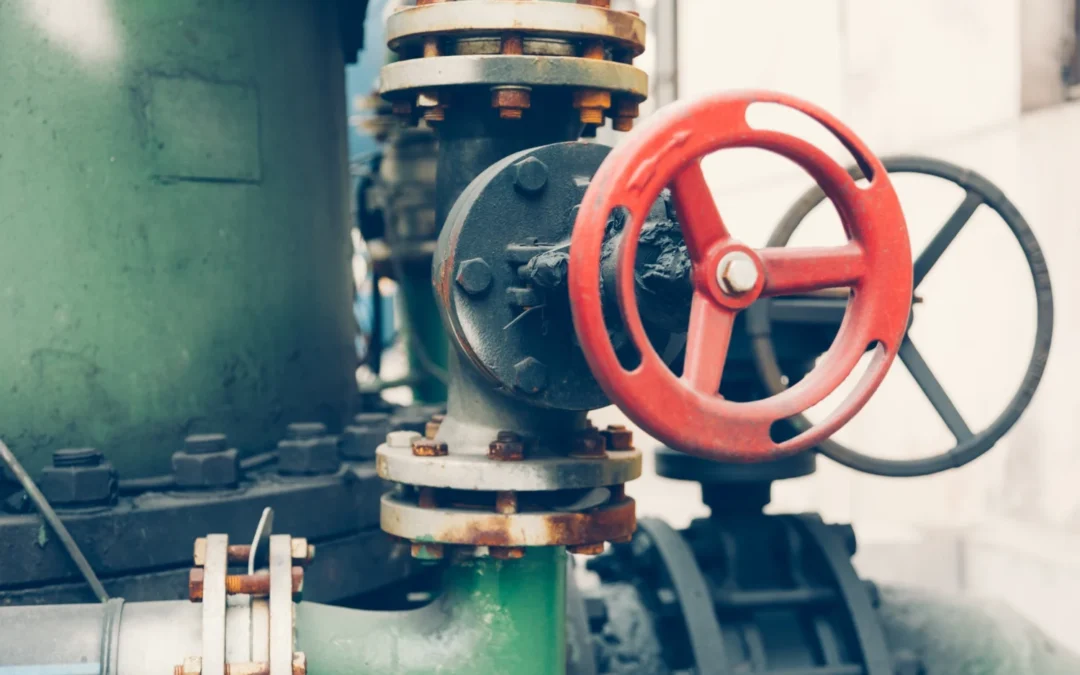Selecting the right submersible sewage pump is essential for optimal wastewater management. These pumps play a vital role in efficiently handling and transporting sewage. Our goal is to ensure that you make an informed decision based on essential factors unique to your facility’s needs.
Submersible sewage pumps are designed to operate underwater, making them highly effective for moving waste from lower levels to higher ground. Their unique design reduces the risk of overheating and increases operational efficiency. By understanding the key features and requirements, you can ensure that your system runs smoothly and reliably.
When evaluating options, it’s crucial to consider the specific demands of your facility, such as the volume of waste and the type of materials being processed. Taking the time to understand these requirements will help you choose a pump that not only meets but exceeds your expectations, providing long-term benefits for your waste management system.
Understanding Submersible Sewage Pumps: An Overview
Submersible sewage pumps are essential devices designed to operate while fully submerged in wastewater. Their primary purpose is to efficiently move sewage from lower to higher ground, making them ideal for various waste management applications. Unlike traditional pumps, submersibles avoid many common issues, such as overheating and noise, thanks to their placement underwater. This design not only enhances performance but also prolongs the pump’s lifespan by keeping the motor cool.
These pumps consist of a hermetically sealed motor close-coupled to the pump body. The seal prevents water from entering, protecting the internal components. As a result, submersible pumps are highly reliable and require less frequent maintenance than other types. They are equipped with powerful impellers that can handle solids and liquids, ensuring smooth operation in challenging environments. Understanding the basic function and benefits of submersible sewage pumps is the first step towards improved waste management solutions.
Important Features to Look for in Submersible Sewage Pumps
When choosing a submersible sewage pump, it’s crucial to be aware of key features that determine its effectiveness. One important feature is the pump’s horsepower. The right horsepower ensures that the pump can handle the volume and type of sewage it will encounter. A pump with insufficient horsepower may struggle to move waste efficiently, while one with too much can lead to unnecessary energy consumption.
Another critical aspect is the construction material. Pumps made from durable materials like cast iron or stainless steel are more resistant to corrosion and wear. This durability is vital for pumps regularly exposed to harsh waste environments. Additionally, look for a pump with a robust impeller capable of handling solids without clogging. The design of the impeller can significantly impact the pump’s performance and longevity.
Key features also include built-in thermal protection to prevent overheating, float switches for automatic operation, and easy access to internal components for maintenance. By focusing on these features, you can select a submersible sewage pump that will meet your facility’s needs and ensure long-term, efficient operation.
Evaluating Your Facility’s Requirements for the Right Pump
Choosing the right submersible sewage pump involves understanding your facility’s specific needs. The first step is to assess the volume of wastewater your facility handles daily. Larger volumes require pumps with higher capacities to ensure efficient operation without overloading the system. Knowing your average daily volume can help narrow down your pump options.
Another essential factor is the type of waste being processed. Facilities that handle large solids or industrial waste need pumps with heavy-duty impellers designed to handle tough materials. Consider the vertical and horizontal distances the waste needs to travel. The head height—the vertical distance that the pump can lift the wastewater—is critical to ensure that the pump can efficiently move waste to the appropriate elevation.
Additionally, think about the environmental conditions where the pump will be installed. Will the area be prone to flooding? Is it an enclosed space with limited ventilation? These conditions can impact the type and durability of the pump you choose. Understanding these requirements ensures you install a pump that matches your facility’s unique needs and operates effectively in its specific environment.
Common Mistakes to Avoid When Choosing a Submersible Sewage Pump
When selecting a submersible sewage pump, there are several common mistakes to avoid. One big mistake is ignoring the pump’s capacity. If the pump cannot handle the volume of wastewater produced by your facility, it will lead to frequent clogs, breakdowns, and potential overflows. Always ensure the pump’s capacity aligns with your facility’s daily demands.
Another common error is overlooking maintenance requirements. Some pumps are designed for easy maintenance, with features like quick-access panels and self-cleaning mechanisms. Failing to consider these aspects can result in higher maintenance costs and more frequent downtime. Choose a pump that requires minimal maintenance but offers easy access when servicing is needed.
Incorrect installation is another pitfall. A poorly installed pump may not perform efficiently or could fail prematurely. Ensure the pump is installed by knowledgeable personnel who understand the specific requirements of submersible sewage pumps. Proper installation ensures optimal performance and extends the life of the equipment.
Avoiding these mistakes helps you select a pump that delivers reliable performance and meets your facility’s waste management needs effectively.
Conclusion
Choosing the right submersible sewage pump involves understanding important factors such as capacity, waste type, and installation requirements. By focusing on these key considerations, you can ensure that your pump operates efficiently and reliably, improving overall waste management and preventing common issues like clogs and breakdowns.
When evaluating options, remember the importance of matching the pump’s specifications to your facility’s unique needs. Careful assessment and proper installation are crucial for optimal performance. Regular maintenance, tailored to the pump’s design, ensures long-term functionality and cost-effectiveness.
If you need expert guidance on selecting and maintaining submersible sewage pumps, A&C Pumps Ltd is here to help. Learn more about our wide range of pumping solutions and services. Reach out to us today to find the perfect pump for your facility and ensure smooth, efficient waste management.

